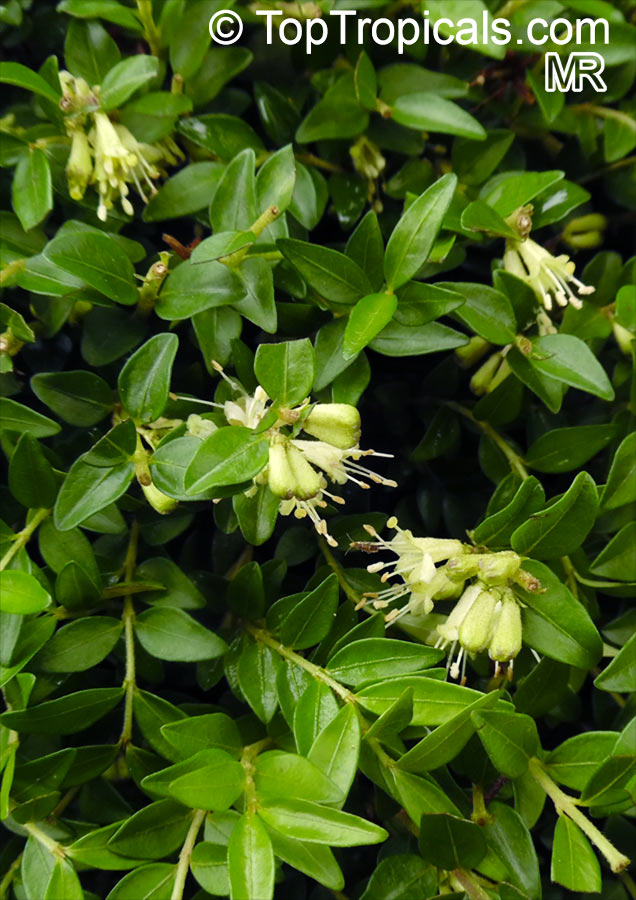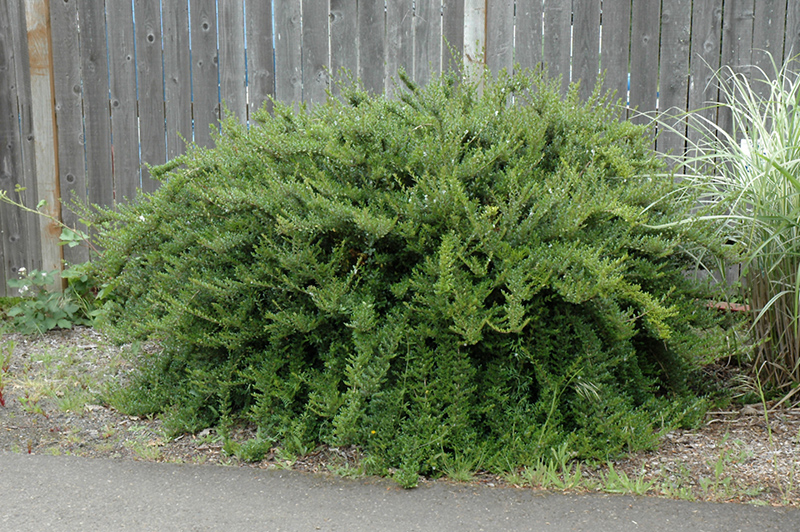How To Grow
Growing a blog can be a challenge, but it's definitely possible with the right strategy. In this post, I'll share some tips on how to grow your blog from zero to 100,000 monthly visitors.
Introduction
Blogging is a great way to share your thoughts and ideas with the world, and it can also be a great way to generate traffic and leads for your business. However, growing a blog from scratch can be a challenge. There are a lot of factors that go into making a blog successful, and it can be difficult to know where to start.
In this post, I'll share some of the most important things you need to do to grow your blog. I'll cover everything from choosing a niche to writing great content to promoting your blog.
Main Content
1. Choose a niche
The first step to growing your blog is to choose a niche. A niche is a specific topic or area of interest that you'll focus on with your blog. This will help you attract readers who are interested in what you have to say.
When choosing a niche, it's important to choose something that you're passionate about. This will make it easier for you to write engaging content, and it will also help you connect with your audience on a deeper level.
2. Write great content
Once you've chosen a niche, it's time to start writing great content. This is the most important factor in growing your blog. If you don't write great content, people won't stick around.
There are a few things you can do to write great content:
- Do your research. Make sure you know what you're talking about before you start writing.
- Write in a clear and concise style.
- Use strong visuals.
- Promote your content on social media.
3. Promote your blog
Once you've written great content, you need to promote your blog. This is how you'll get people to see your content and start reading it.
There are a few ways to promote your blog:
- Share your content on social media.
- Guest blog on other websites.
- Run email marketing campaigns.
- Submit your blog to directories.
4. Build an email list
One of the best ways to grow your blog is to build an email list. This is a group of people who have opted in to receive your emails. When you have an email list, you can stay in touch with your readers and promote your new content to them.
There are a few ways to build an email list:
- Offer a free ebook or guide in exchange for an email address.
- Run a contest or giveaway.
- Add a sign-up form to your blog.
5. Be patient
Growing a blog takes time and effort. There's no magic formula that will make you a success overnight. However, if you follow the tips in this post, you'll be well on your way to growing a successful blog.
Conclusion
In conclusion, growing a blog takes time, effort, and a good strategy. However, it's definitely possible to achieve success if you're willing to put in the work.
I hope these tips help you grow your blog. If you have any questions, please feel free to leave a comment below.
If you are interested in learning more about box honeysuckle, I recommend visiting the Home Gardening. This website provides a wealth of information about the plant, including its history, cultivation, and uses. You can also find photos and illustrations of box honeysuckle, as well as links to other resources.
FAQ of box honeysuckle
- What is box honeysuckle?
Box honeysuckle (Lonicera nitida) is a deciduous shrub native to Asia. It is known for its glossy, dark green leaves and fragrant, white flowers. Box honeysuckle is a versatile plant that can be used as a hedge, border, or specimen plant. It is also tolerant of a variety of soil conditions and is relatively pest- and disease-free.
- How do I care for box honeysuckle?
Box honeysuckle is a low-maintenance plant. It prefers full sun to partial shade and moist, well-drained soil. Water regularly during the first year after planting, and then water deeply as needed during the growing season. Fertilize in spring with a balanced fertilizer. Prune in late winter or early spring to maintain shape.
- What are some common problems with box honeysuckle?
The most common problem with box honeysuckle is powdery mildew. This fungus can cause white, powdery spots on the leaves. To prevent powdery mildew, water early in the day so that the leaves have a chance to dry before nightfall. You can also spray the plant with a fungicide.
Another common problem with box honeysuckle is scale insects. These insects can suck the sap from the leaves, causing them to yellow and drop. To control scale insects, spray the plant with insecticidal soap or neem oil.
- How can I propagate box honeysuckle?
Box honeysuckle can be propagated by cuttings or by seed. Cuttings are the most common method. Take cuttings in late spring or early summer from healthy, new growth. Root the cuttings in a mixture of peat moss and perlite.
Seeds can also be used to propagate box honeysuckle. Sow the seeds in the spring in a well-drained potting mix. Keep the soil moist and warm until the seeds germinate.
Image of box honeysuckle
- Image 1: A close-up of a box honeysuckle flower, showing the tiny white petals and yellow stamens.

- Image 2: A cluster of box honeysuckle flowers, blooming in a garden.

- Image 3: A box honeysuckle shrub, with its green leaves and white flowers.

- Image 4: A box honeysuckle hedge, providing privacy and a screen in a garden.

- Image 5: A box honeysuckle tree, with its spreading branches and white flowers.

- Image 6: A box honeysuckle bonsai, a small, carefully-pruned plant that is a popular choice for indoor gardening.

- Image 7: A box honeysuckle in bloom, with its sweet fragrance filling the air.
- Image 8: A box honeysuckle in winter, with its bare branches and dormant flowers.

- Image 9: A box honeysuckle in autumn, with its leaves turning shades of orange and red.

- Image 10: A box honeysuckle in a vase, a beautiful addition to any home.


Post a Comment for "How To Grow"